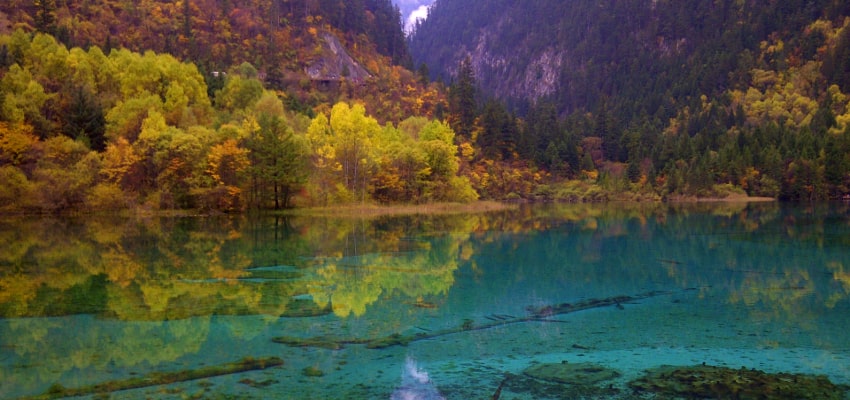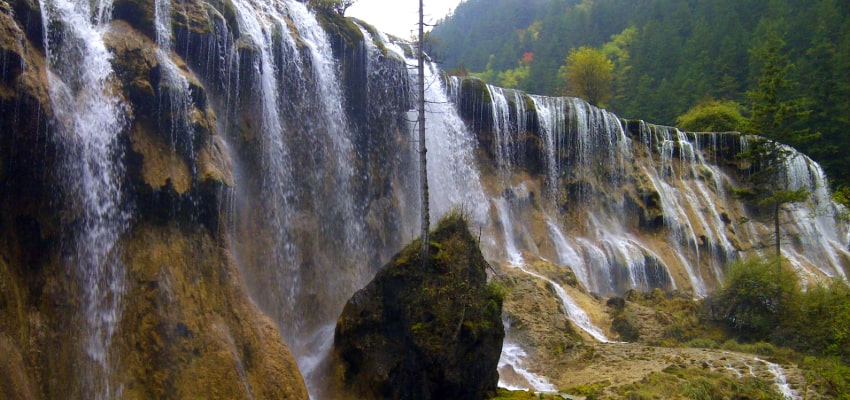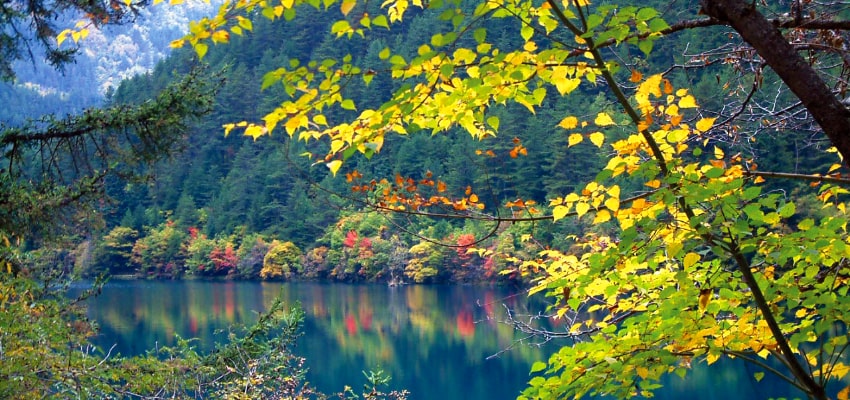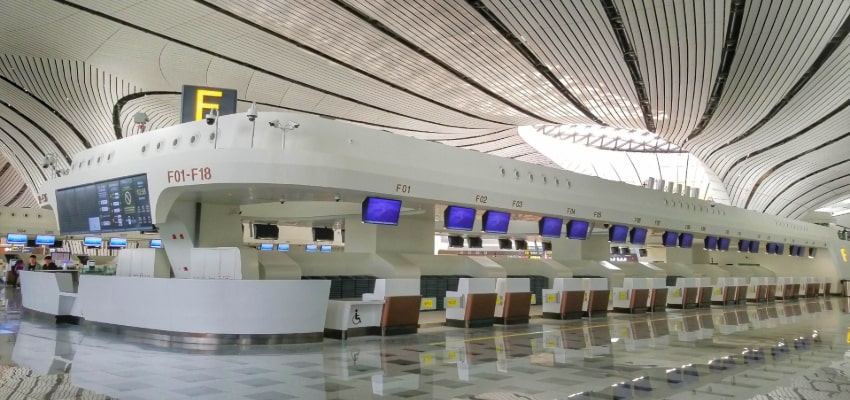Featured image by Jeff Fuchs, AsiaTravel Expert
There are a few certainties when it comes to travel. You’ll definitely learn something new, whether it’s how to make a killer bowl of noodles or something as simple as how to say ‘hello’ in Mandarin (nihao, just in case you’re not there yet). You’ll probably expand your concept of the world, challenging yourself and gaining an appreciation for what you have and where you come from in the process. And, you will certainly meet some incredible people along the way, from the person sitting next to you in the quaint neighborhood restaurant to the local guiding you through their hometown. That’s the beautiful thing about traveling: it brings people together.
That’s why we are thrilled to announce that we are expanding our small group trips through China (and beyond) for 2020. While we love traveling solo or with loved ones, we can’t get enough of being able to explore a new place with like-minded new friends by our side. Nothing bonds people quite like taking your first step onto the Great Wall together or sleeping in a yurt in Kyrgyzstan under a blanket of stars. Plus, with our local guides filled with an invaluable wealth of insider knowledge and, for some of our trips, an expert at the helm to lead the way, you’ll head for home with plenty of newfound friends and enough memories to last a lifetime as souvenirs.
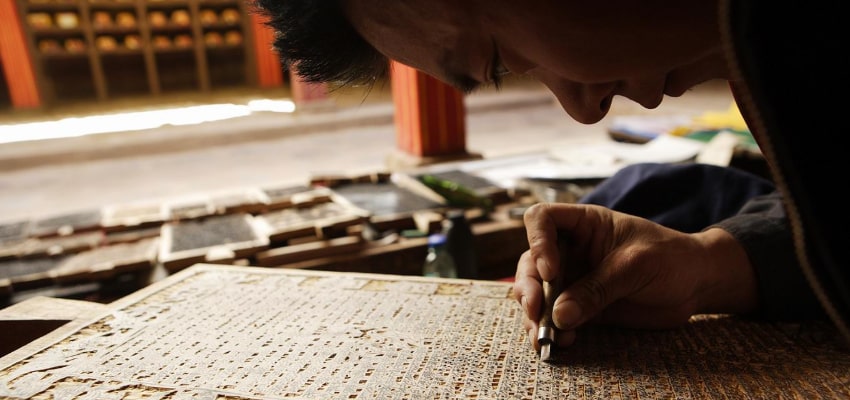
Before we get to the good stuff, let’s go over a bit of housekeeping so you know what you can expect on a small group journey with AsiaTravel.
– First off, as any traveler familiar with China is likely aware, group tours through the Middle Kingdom usually make you feel like one of the herd, straining to catch what the guide is saying as you follow around their flag. Not with us. We cap our groups at a cozy 10-12 travelers (depending on the trip) – that way you can actually hear every anecdote, insight, and helpful tip our guides, experts, and the local people we interact with have to offer.
– Next, all our small group travelers have the option of either sharing a room or spending a bit more to have the space all to yourself. So, whether you really want to get to know your fellow travelers (and save some money in the process) or you’re ok with investing in your privacy, we can accommodate you.
– Finally, the cutoff for registering for one of our trips is roughly two months prior to the departure date. This allows for plenty of time to prepare any necessary visa or other applicable documents. So, be sure to reach out to us when you see a journey that catches your eye. We can’t wait to hear from you!
From quintessential cities like Beijing and Shanghai to more remote destinations like Tibet and the Silk Road, from journeys themed around food and archaeology to itineraries with a well-rounded balance of everything, there is sure to be something that thrills you. Now, with no further ado, here are the small group adventures we can’t wait to embark on next year.
Expert-Led Journeys
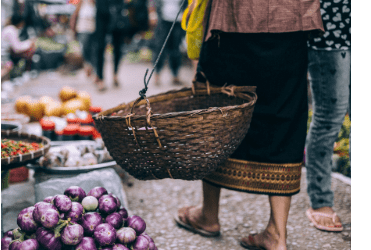 South by Southeast: Yunnan & Laos with Georgia Freedman
South by Southeast: Yunnan & Laos with Georgia Freedman
Market | Image by Peter Hershey via Unsplash
South by Southwest might be a meeting of American pop culture’s most inspiring minds, but South by Southeast is a melding of Southern Yunnan’s and Northern Laos’s most instrumental cultural influences. With food writer Georgia Freedman at the helm, explore everything from the fresh flavors of Yunnan to the unique textile traditions of the ethnic minorities of Laos. Before the trip is through, you’ll witness the daily Buddhist ritual of tak bat, try your hand at pottery-making, lock in the good spirits in a traditional Baci ceremony. You’re certain to depart with your stomachs, hearts, and minds full.
| Trip Length: |
9 Days |
Dates: |
March 23-31, 2020 |
| Cost: |
From $6,280/person |
Places Visited: |
Jinghong, Muang La, Nong Khiaw, Luang Prabang |
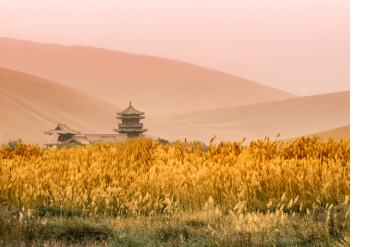
History Unearthed: An Archaeological Journey Through China with Dr. Ye Wa
Crescent Moon Lake
With a history as enduring and legendary as China’s, there are bound to be some treasures just waiting to be discovered. Fortunately for you, through serendipity (like Xi’an’s Terracotta Warriors) and hard work (such as Dunhuang’s Mogao Grottoes), many of them have already been brought to light. This journey won’t just take you there – it will tell you their stories, with archaeological expert Dr. Ye Wa as the storyteller. Traverse the ancient Silk Road and unlock your inner Indiana Jones as you pick the brains of experts and get hands-on with digs like the astounding Neolithic site, Yangguangzhai.
| Trip Length: |
10 Days |
Dates: |
May 10-19, 2020 |
| Cost: |
From $6,180/person |
Places Visited: |
Dunhuang, Lanzhou, Tianshui, Xi’an |
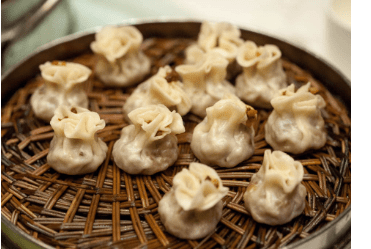
Gastronomic Tour of China with Fuchsia Dunlop
Dumplings | Image by Charles Haynes, AsiaTravel Guest
Get your chopsticks ready for the return of one of our most popular small group adventures: Fuchsia Dunlop’s Gastronomic Tour of China. Named a National Geographic ‘Tour of a Lifetime,’ this journey will see you savor every bit of China’s culinary culture, from Peking duck in Beijing to fiery hotpot in Sichuan. Food with a side of culture, you’ll stand in ‘aww’ of Chengdu’s cuddly pandas before downing dinner in a private kitchen and enjoy a picnic on the Great Wall after immersing yourself in local life in Beijing’s hutong alleys. With an award-winning expert like Fuchsia as your guide, you’ll return home ready to shop, chop, stir fry, and eat like a local.
| Trip Length: |
13 Days |
Dates: |
May 11-23, 2020 |
| Cost: |
From $7,390/person |
Places Visited: |
Beijing, Chengdu, Hangzhou, Shanghai, Xi’an |

A Gastronomic Tour Through Central Asia with Anissa Helou
Xinjiang Bread | Image by AsiaTravel Guest Alexandra Boulton
China is near and dear to our heart, but we also love when we can get out and explore our Asian neighbors – especially when there is delicious food to be had. So, when we had the chance to partner on a journey with award-winning chef and food writer Anissa Helou, we jumped at the chance. With an Islamic cuisine expert at the helm, you’ll get your hands dirty making regional delicacies and get lost in bustling bazaars as you haggle for that perfect souvenir before sitting down for a homespun meal with the locals. Spanning from Xinjiang Province to Kyrgyzstan and Uzbekistan, this is an indulgent adventure filled with hospitality and jaw-dropping vistas.
| Trip Length: |
10 Days |
Dates: |
June 6-16, 2020 |
| Cost: |
From $5,580/person |
Places Visited: |
Kashgar, Kyrgyzstan, Uzbekistan |
 Yunnan Gastronomic Tour with Fuchsia Dunlop
Yunnan Gastronomic Tour with Fuchsia Dunlop
Tea Garden | Image by Elizabeth Phung
Gastronomic adventures with Fuchsia Dunlop are so nice we decided to do them twice – this time focusing on the cuisine of Yunnan Province. Here, China’s rich culinary traditions and the citrus and spice of Southeast Asia seamlessly blend with the rich cultures of the region’s ethnic minorities, creating redolent flavors and fascinating customs you must experience to understand. For this journey, culture and cuisine are effortlessly combined, taking you from Confucian temples and tea plantations to home-cooked meals and cooking lessons. It’s sure to leave you longing for local specialties like rushan cheese and Mengzi’s Crossing-the-Bridge Noodles. Luckily, you’ll have the skills to help you satisfy every craving.
| Trip Length: |
10 Days |
Dates: |
September 16-25, 2020 |
| Cost: |
From $5,869/person |
Places Visited: |
Dali, Jianshui, Kunming, Mengzi, Weibaoshan |
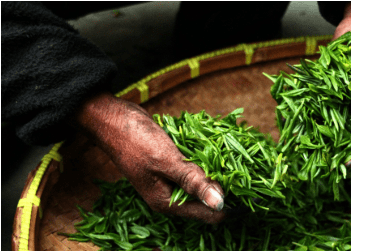
Traversing the Ancient Tea Horse Road with Jeff Fuchs
Freshly Picked Tea | Image by Jeff Fuchs, AsiaTravel Expert
The history of tea is almost as long and illustrious as the history of China itself. What started as a humble infusion for the locals in southern China spread to the far reaches of the country and beyond, and it is all thanks to the Ancient Tea Horse Road. On this National Geographic ‘Tour of a Lifetime’ led by tea expert and explorer Jeff Fuchs, you will follow the trail – and tea – back to its roots, from Xishuangbanna to the Tibetan Plateau, drinking in centuries of tea-drenched culture along the way. The first documented westerner to traverse the storied trade network, Jeff will hike with you to the ancient tea tree forests and welcome you into the homes of the descendants of the first tea cultivators.
| Trip Length: |
10 Days |
Dates: |
November 6-15, 2020 |
| Cost: |
From $7,100/person |
Places Visited: |
Dali, Lijiang, Shangril-La, Shaxi, Xishuangbanna |
AsiaTravel Adventures
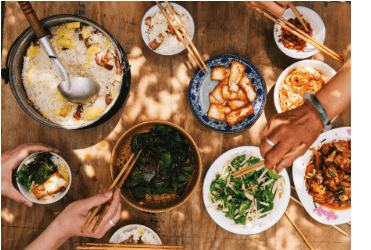 Travels Through Dali With a Leg of Ham
Travels Through Dali With a Leg of Ham
Meal in Dali | Image by Elizabeth Phung
Inspired, and personally designed, by our founder Mei Zhang’s journey back to her homeland, this small group tour is a cultural and culinary odyssey into the homes and kitchens of the specialty chefs of Yunnan. Savor every crumb of age-old traditions and fascinating tales as you devour an array of artisanal delicacies, from handmade Shaxi cheese to the trip’s namesake ham – with a stunning backdrop of fertile valleys backed by mountains and pastoral villages. Plus, if there are more than six travelers, Mei herself will lead the group – sharing the story of Dali like only a native can.
| Trip Length: |
7 Days |
Dates: |
March 15-21, 2020 |
| Cost: |
From $3,550/person |
Places Visited: |
Dali |
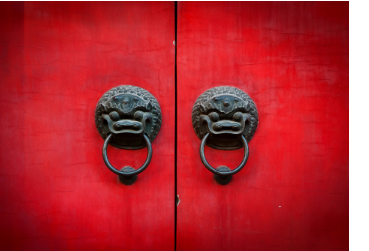
La Esencia Del Dragón: Spanish Language Only
Dragon Doors
We’re pretty excited about all of our group journeys, but we are especially proud of La Esencia del Dragón. Designed especially with our Spanish-speaking guests in mind, this first-ever small group tour has everything. From high-end restaurants and luxury hotels in China’s must-see cities to hands-on cultural exploration and jaw-dropping performances, it’s perfect for new China travelers or Middle Kingdom experts. Whether drinking in the scenery while bamboo rafting on the Yulong River or devouring dumplings in Xi’an, our Spanish-speaking guides can’t wait to make this rich, varied place feel like your home too.
| Trip Length: |
12 Days |
Dates: |
April 6-17, 2020 |
| Cost: |
From $6,000/person |
Places Visited: |
Beijing, Shanghai, Xi’an, Yangshuo |
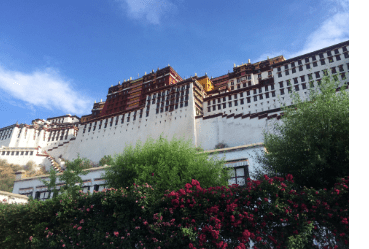
Soul of Tibet
Potala Palace | Image by Isabel Wang, AsiaTravel Travel Designer
Inherently spiritual and richly layered, Tibet is one of those places that will open its soul to you the longer you linger and the farther you journey. Accordingly, this small group adventure will take life at the speed of Tibet, meandering through Lhasa where you’ll mingle with monks and drink in the local life at a tea house before passing the glistening turquoise shores of Yamdrok Tso Lake and rolling countryside en route to Gyantse and Shigatse. After walking the kora like the many faithful before, you’ll leave Lhasa knowing that Tibet is one of those places that once you explore it, it sticks with you forever.
| Trip Length: |
7 Days |
Dates: |
June 1-7, 2020
July 1-7, 2020
August 25-31, 2020 |
| Cost: |
From $1,502/person |
Places Visited: |
Gyantse, Lhasa, Shigatse |
AsiaTravel Classics
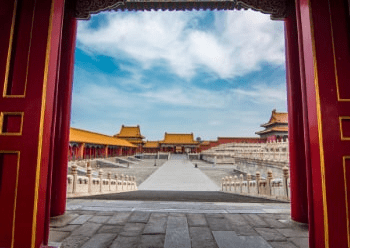
China’s Giants: Of Palaces and Pandas
Entrance to the Forbidden City | Image by Kyle Obermann, AsiaTravel Explorer
China is a bit like Texas – everything is bigger here, with a long and illustrious history to match. Whether exploring some of the world’s largest megacities, volunteering with giant pandas, conquering the Great Wall, or taking in a Terracotta Army more than 8,000 soldiers strong, this small group tour is sure to be an adventure of mammoth proportions. The Middle Kingdom has a history over 5,000 years in the making and we are determined to show you the best of what it has to offer, making this the perfect journey for anyone new to this massive country.
| Trip Length: |
12 Days |
Dates: |
March 17-28, 2020
April 14-25, 2020
May 12-23, 2020 |
| Cost: |
From $6,447/person |
Places Visited: |
Beijing, Chengdu, Shanghai, Xi’an |
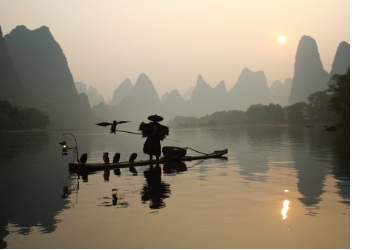 Essence of China
Essence of China
Li River
With a country as huge and varied as China, the bucket list of destinations is sure to be long. Lucky for you, we’ve picked out a few of our favorites for this journey that is perfect for first-time visitors, with a AsiaTravel twist. From a champagne picnic on the Great Wall to a story-filled tour of the Bund in Shanghai with a AsiaTravel expert, we take the must-sees and plus them as only a China authority can. After exploring winding hutong alleys, looking history in the eye at the Terracotta Warriors, gazing over the emerald-bedecked landscapes of rice terraces and karst mountains, and people-watching in the French Concession, you’ll certainly leave China with your curiosity sated – at least until your next adventure.
| Trip Length: |
13 Days |
Dates: |
October 12-24, 2020 |
| Cost: |
From $6,575/person |
Places Visited: |
Beijing, Guilin, Shanghai, Xi’an |
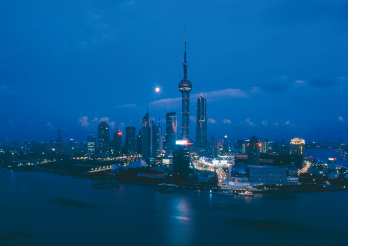
Metropolises & Middle Kingdoms
Shanghai Skyline
China is a study in contrasts – unfathomably large megacities and rustic mountain villages, colorful local markets buzzing with energy and temple-topped peaks where faithful practice tai chi. While we can’t show it all to you at once, this journey does its best to try. From the dazzling skylines of the east to the pastoral landscapes of the southwest, you will get a glimpse into the true diversity China has to offer, sharing stories with locals in Beijing’s hutongs and partaking in age-old customs with ethnic minorities in Yunnan along the way. It’s an enlightening remix – old and new, tradition meets technology – that’s made for Middle Kingdom novices and old China hands alike.
| Trip Length: |
12 Days |
Dates: |
October 12-23, 2020
November 9-20, 2020
December 7-18, 2020 |
| Cost: |
From $5,952/person |
Places Visited: |
Beijing, Dali, Lijiang, Shanghai, Shaxi |
So, there you have it – a veritable buffet of small group journeys through China and beyond. Whether food with a dash of culture, days filled with history and archaeology, or an exploration of some of the country’s greatest hits, we invite you to choose your own adventure. And no matter your decision, one thing is certain: you’ll head home with a head filled with memories, a suitcase stuffed with souvenirs, and a heart overflowing with newfound friendships. To join us on one of our upcoming small group trips, feel free to reach out to one of our talented Travel Designers. We can’t wait to see you all next year.
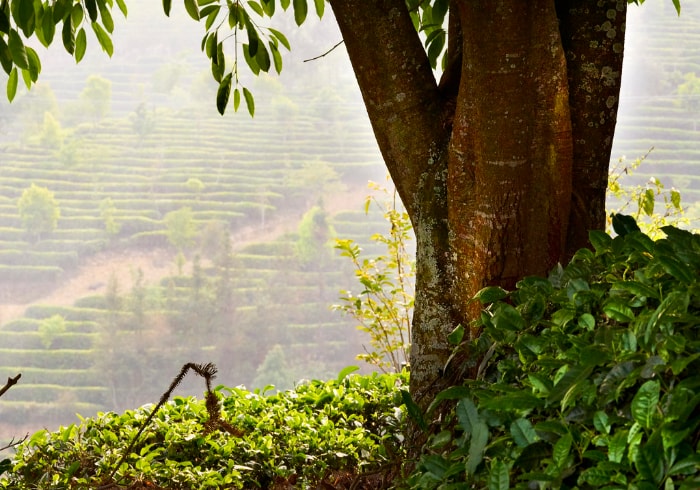
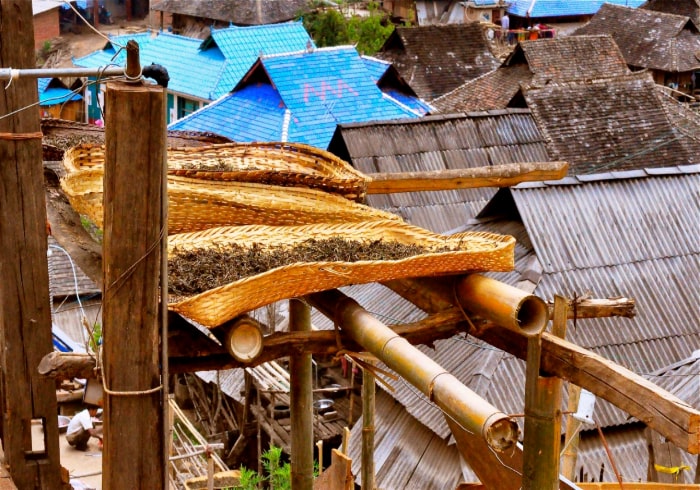
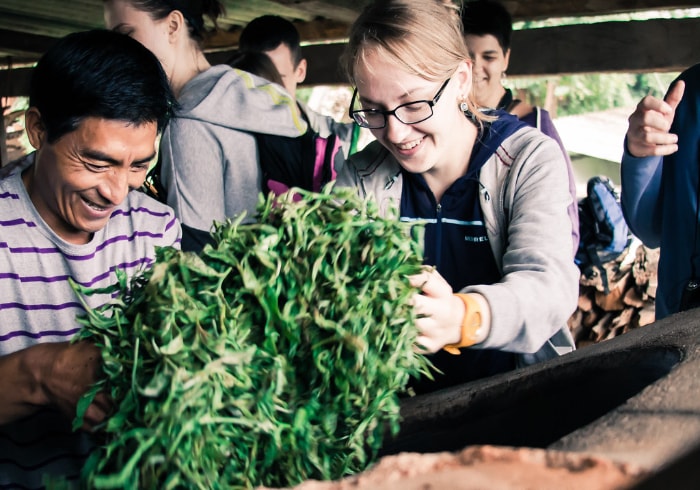



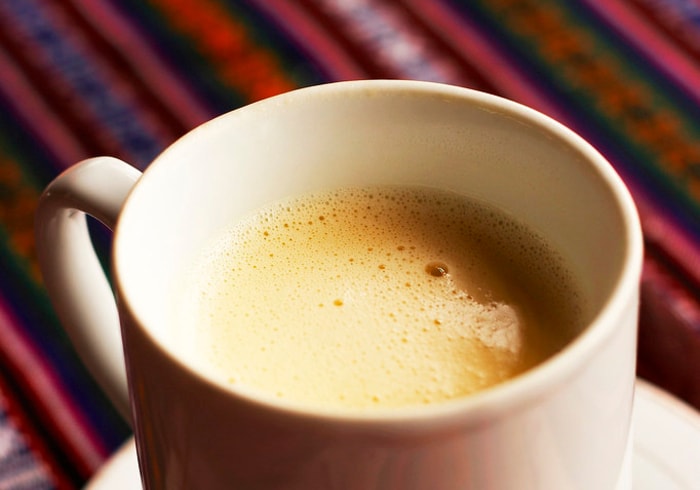
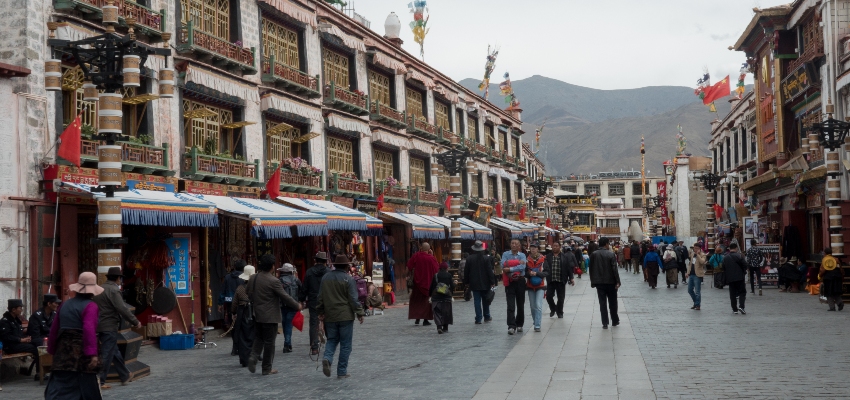
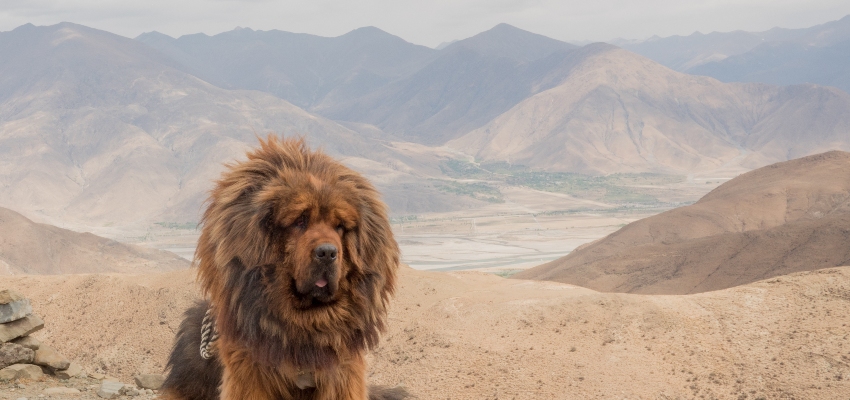 Despite the fact that most people do travel in groups to Tibet, this is not an actual requirement. The actual requirement is that tours must be arranged through an approved agency; however, it makes no difference if the agency is providing a private tour for one person or a group tour for 15.
Despite the fact that most people do travel in groups to Tibet, this is not an actual requirement. The actual requirement is that tours must be arranged through an approved agency; however, it makes no difference if the agency is providing a private tour for one person or a group tour for 15.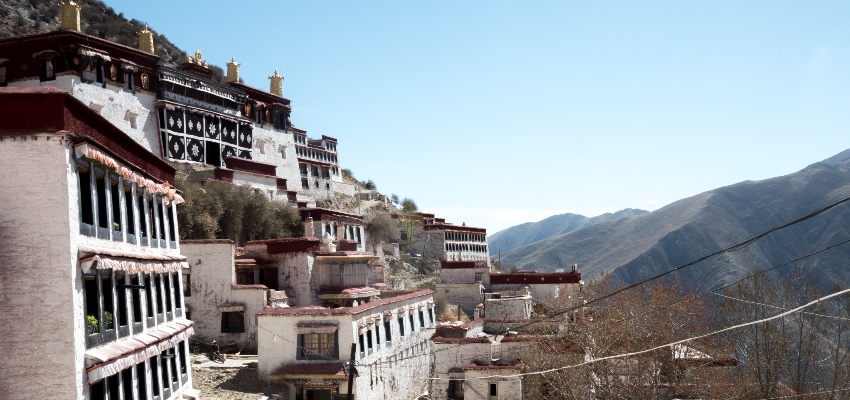
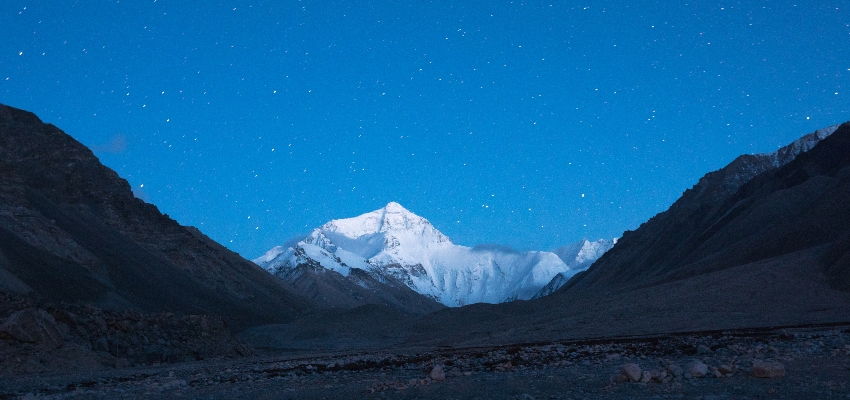 Since the capital is the most well-known part of Tibet (apart from Everest Base Camp), and has a variety of notable must-sees, we often hear that Lhasa is the only place worth exploring. But think about your own country or state: is the capital the only destination worthy of a visit? Probably not.
Since the capital is the most well-known part of Tibet (apart from Everest Base Camp), and has a variety of notable must-sees, we often hear that Lhasa is the only place worth exploring. But think about your own country or state: is the capital the only destination worthy of a visit? Probably not.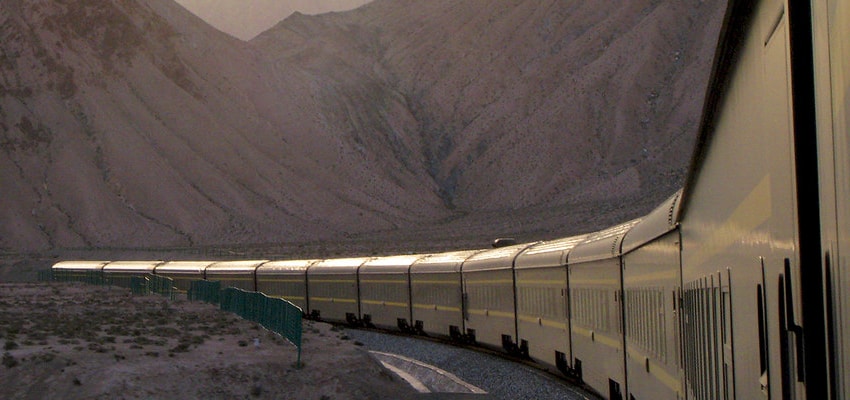
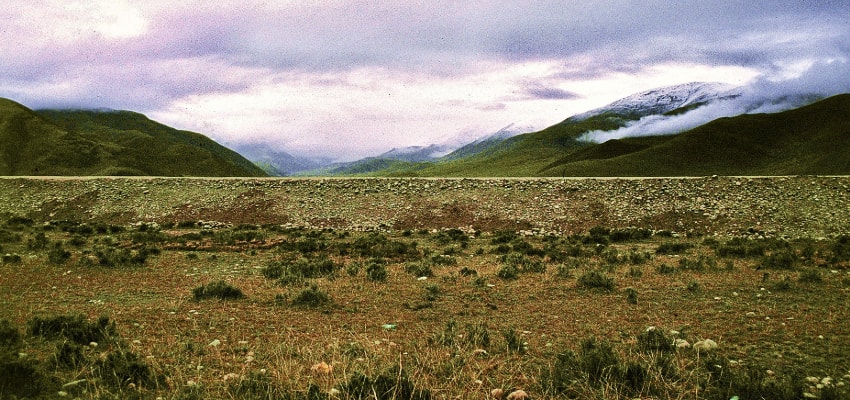
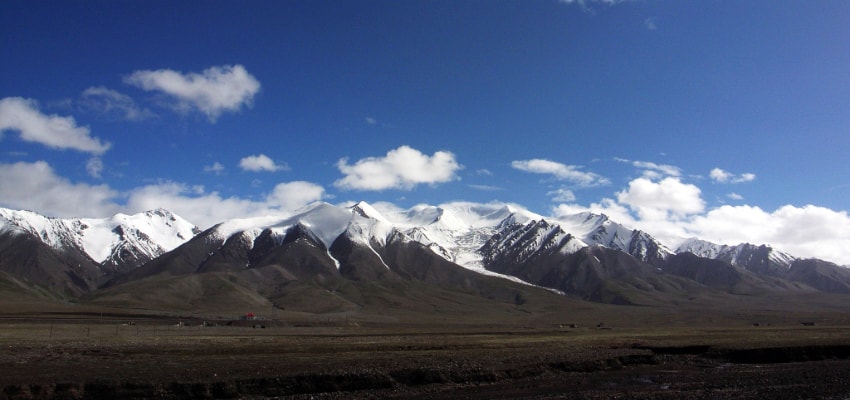
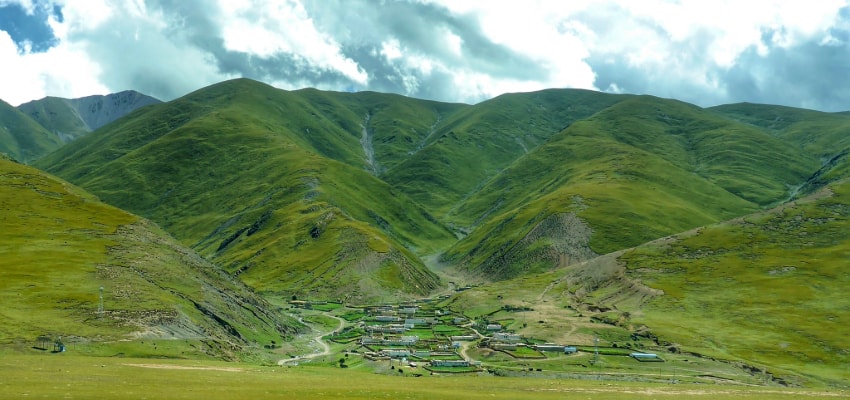
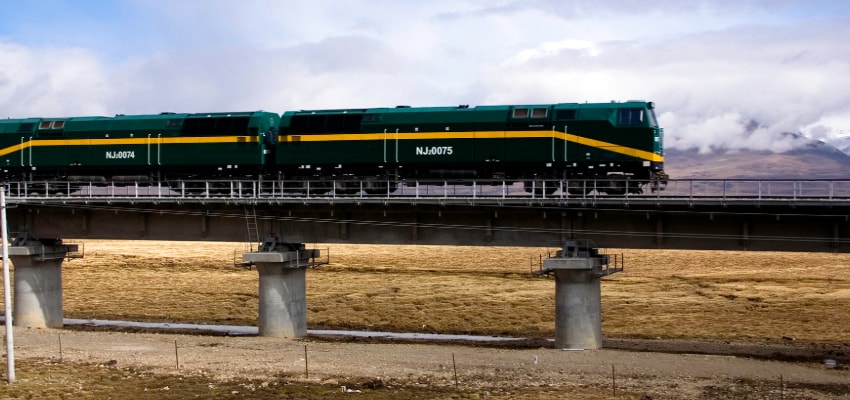
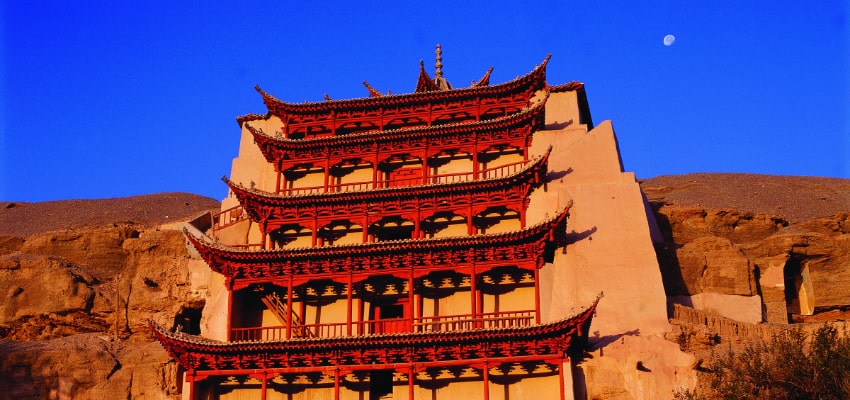
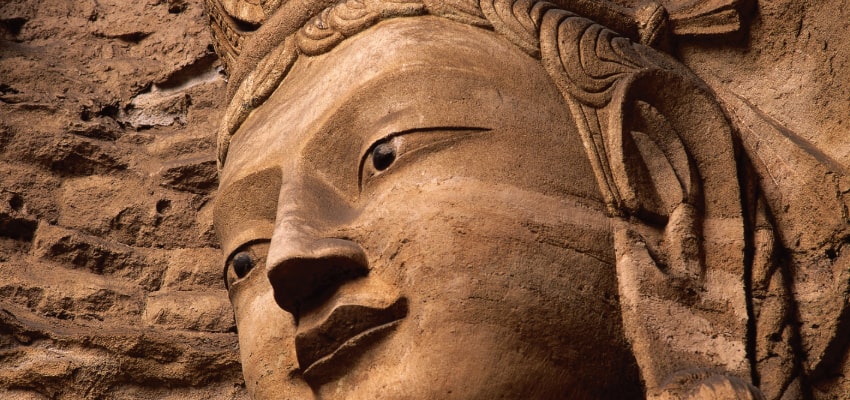
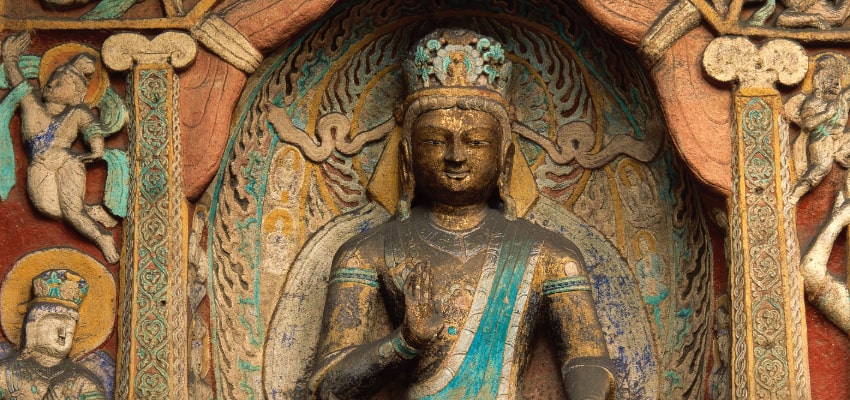
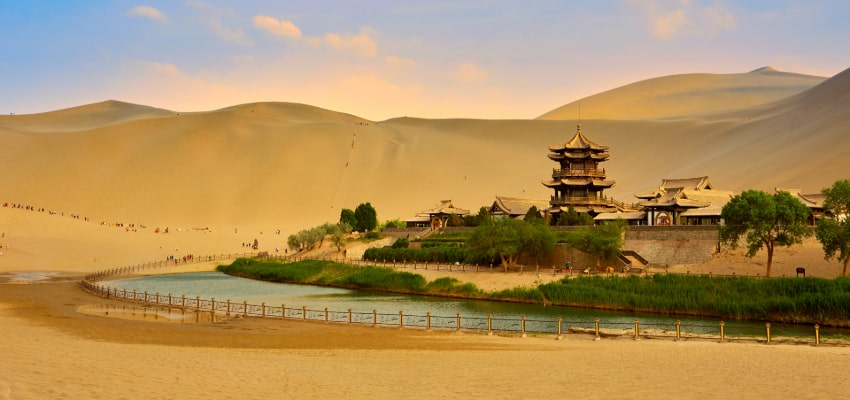

 South by Southeast: Yunnan & Laos with Georgia Freedman
South by Southeast: Yunnan & Laos with Georgia Freedman


 Yunnan Gastronomic Tour with Fuchsia Dunlop
Yunnan Gastronomic Tour with Fuchsia Dunlop
 Travels Through Dali With a Leg of Ham
Travels Through Dali With a Leg of Ham


 Essence of China
Essence of China
